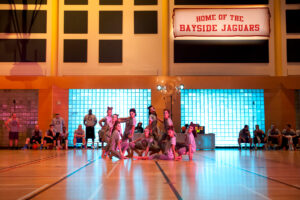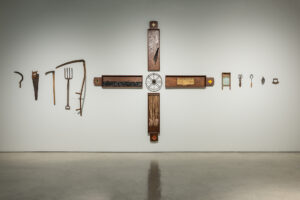The mid-20th century was a period of unprecendented growth in Windsor. Starting with the demand for vehicles during WWII, and continuing with the post-war boom in consumer consumption, the city was arguably at its economic and social zenith during this period. With a strong economy and desire to forget the war and Depression, Windsor embraced modern architecture and urban planning. Modern meant better, whether in medicine, technology or the built environment. Modern architecture was also free of historical and cultural references that were undesirable in a Canada that was increasingly classless and diverse.
High Hopes documents this remarkable legacy of creativity in the built environment. Featuring photographs by local architectural historian Andrew Foot and archival materials from the period, this exhibition offers a preliminary overview of the subject. Many of the buildings included are no longer used for their original function; others have been demolished. It is remarkable given how important this rich and optimistic period is to the history of Windsor, that these examples of modern architecture are not appreciated. In a recent article about the Cleary Guest House, which was destoryed in June 2007, one local journalist wrote:”I began campaigning aginst this ugly graffiti-scarred glorified dumpster which impeded the view of the riverfront, attracted dopers and assorted weirdoes and killed the impact of one of Windsor’s nicer parks…I consider the removal of a tacky, hokey, hopelessly outdated structure from one of Windsor’s most prominent sites an investment in the rehabilitation of this much-ridiculed city’s image. Did they throw up anything here in the 1950s that wasnt cheap, ugly and cornball?”
The desire for urban renewal that characterized the post-war period is not unlike the current re-evaluation of Windsor’s role in a changing economic and scoial environment. Cities change, but heritage is essential in defining the urban environment as an arena for the creation of new social configurations, which, in turn, enhances a city’s identity and image.





